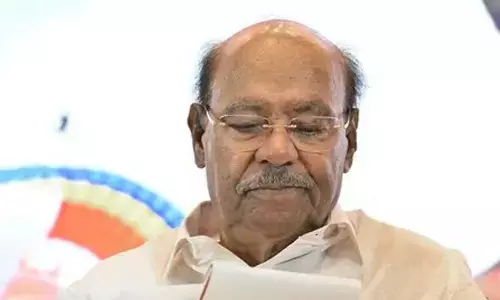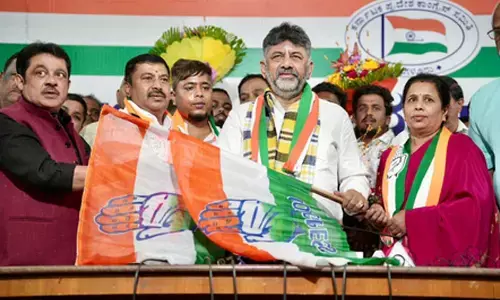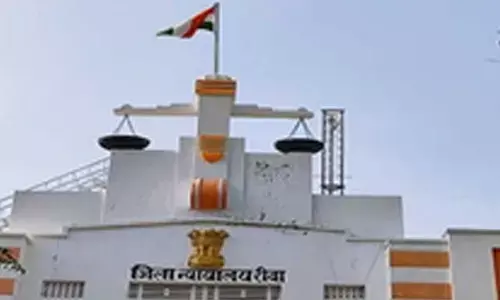Capital outlay of top 18 states to increase by 18-20% in FY24: CRISIL Ratings
Share :

The capital outlay of India's top 18 states has increased by 18-20 per cent this fiscal as against about 14 per cent in fiscal 2023, said CRISIL Ratings Ltd in a report.
Chennai : The capital outlay of India's top 18 states has increased by 18-20 per cent this fiscal as against about 14 per cent in fiscal 2023, said CRISIL Ratings Ltd in a report. According to CRISIL Ratings, the 18 states account for about 90 per cent of the aggregate gross state domestic product of all states.
The states studied by CRISIL Ratings are: Maharashtra, Gujarat, Karnataka, Tamil Nadu, Uttar Pradesh, Telangana, Rajasthan, West Bengal, Madhya Pradesh, Andhra Pradesh, Kerala, Odisha, Punjab, Bihar, Chhattisgarh, Haryana, Jharkhand and Goa.
The increase in spending will be supported by healthy goods and services tax (GST) collection, stable and upfront devolution from the central government (share in central taxes, or SICT), and allocation of Rs 1.3 lakh crore (Rs 1 lakh crore budgeted last fiscal) in the form of interest-free loans to all the states for capital expenditure (capex).
This fiscal, states have budgeted a strong approximately 43 per cent increase In their capital outlays from fiscal 2023 levels. If actual spending continues at past averages of 82-85% of the budgeted outlay, it would translate to 18-20 per cent growth this fiscal, said Anuj Sethi, Senior Director, CRISIL Ratings
Here, we expect elections in some states, funding support from the Centre in the form of advance payment of SICT, and strong GST collection to provide the impetus. For the record, capital outlays already rose approximately 52 per cent on-year in the first six months of this fiscal. But a moderation in pace is likely in the second half as the outlay is more evenly distributed this year, Sethi said.
In terms of sectoral mix, on average over the past five years, transport (especially roads and bridges) has 22-26% share in the total capital outlays of states, followed by irrigation (15-20%), water supply & sanitation (WSS) (15-20 per cent). Other segments such as energy, agriculture, rural development, health and education account for 3-6 per cent share each.
"The water supply & sanitation segment which includes housing and urban development, is expected to grow over 20% on-year this fiscal. Central government schemes such as Jal Jeevan Mission, Swachh Bharat Mission, and Atal Mission for Rejuvenation and Urban Transformation, as well as state-specific outlays towards metro projects, infrastructure development for cities, and support provided to urban local bodies, will spur growth in this segment. Irrigation segment is also expected to see a strong uptick of 19-21 per cent led by increasing budgets by key states. Also, some states are expected to see higher allocation on a low base," Aditya Jhaver, Director, CRISIL Ratings said.
Further, the transport segment, which has seen healthy growth over the past five fiscals, is likely to grow 14-16 per cent this fiscal year. States taking up construction and widening of roads under state-specific schemes and the Pradhan Mantri Gram Sadak Yojana would contribute to this, bolstered by higher allocation amid elections in key states.
"We believe that government capex has a higher multiplier effect on economic output compared with the revenue expenditure. The multiplier works to ‘crowd in’ private investment, inducing increase in investments in the economy, contributing to economic growth and supporting the overall credit outlook for states," the report notes.













